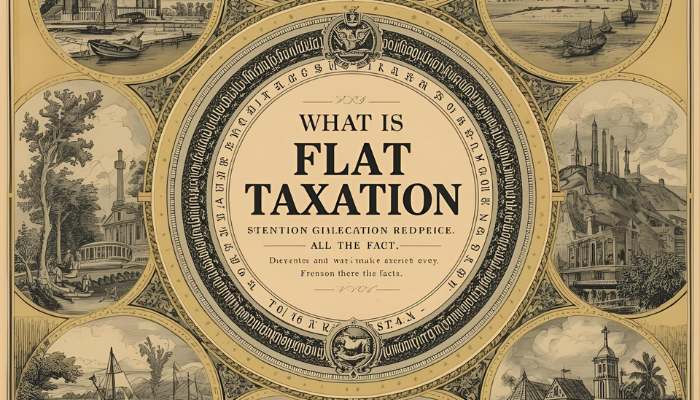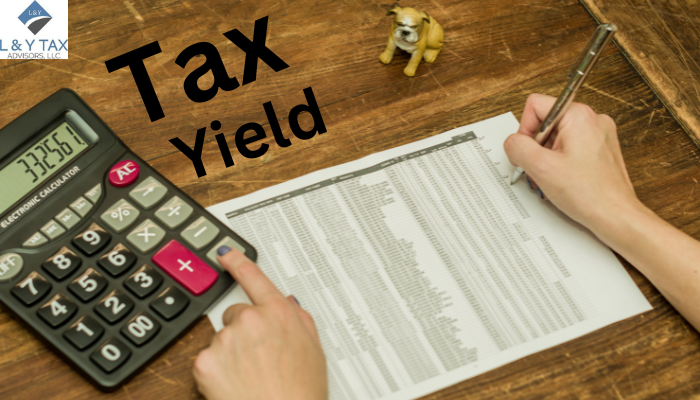
What is Flat Taxation?
In the world of taxation, simplicity and clarity are mandatory for individuals and businesses alike. The term ‘Flat tax’ is gaining attention in the sector. That is why, L&Y Tax Advisors is here to explain ‘What is flat taxation?’ in a concise and simple way. Our help is for both individuals and business owners who wish to comprehend the pros, cons, and recent debates in this regard.
Understanding a Flat Tax
A flat tax (or flat-rate tax) is a system in which a single tax rate is implemented to all taxable income above a basic exemption or threshold. Instead of using multiple brackets, you pay the same percentage – once your income exceeds the exempt portion.
What is Flat Taxation?
Flat taxation means applying one constant rate on taxable income. After the exemption, this rate stays unchanged whether you earn $30,000 or $300,000.
Numerous flat tax proposals also eliminate many deductions and credits which further simplifies the computation of tax.
Read: What is a VAT number in the US?
Flat Tax vs. Regressive and Progressive Taxes
- Progressive taxes raise the rate as income increases. Higher earners pay a higher percentage.
- Regressive taxes place a higher burden (proportionally) on lower incomes. For example, sales taxes.
- A flat tax straddles these definitions. The rate is the same. So, in that sense it is proportionate.
However, critics debate on its impact that leans regressive for lower earners because they have less disposable income after basic necessities.
What Nations Have a Flat Tax System?
Several countries have experimented with or adopted flat tax systems. In Eastern Europe, the following nations have used flat personal income taxes:
- Bulgaria
- Hungary
- Romania
However, some have reverted back to progressive structures in recent years.
Read: What is tax yield?
How Does a Flat Tax Work?
A taxpayer subtracts an exempt amount or allowance. Then, the remaining income is taxed at the flat rate. To avoid double taxation, some flat tax designs also exclude:
- Capital gains
- Dividends
- Interest from taxation
For instance, the Hall-Rabushka model proposes taxing wages and business ‘value-added’ at one rate while omitting interest and dividends at the consumer level.
Does the US Have a Flat Tax Income Tax System?
No. The US currently utilizes a progressive tax system with multiple tax brackets. However, fourteen US states have adopted flat state income tax rates.
What Is the Debate Concerning a Flat Tax?
Arguments in favor include:
- Simplicity
- Transparency
- Eliminating loopholes
- Reducing complexity
Supporters also claim flat taxation encourages work and investment.
Criticism centers on fairness. A continual rate can:
- Increase lower-income individuals’ burden
- Weaken redistributive policy
- Reduce the flexibility of government revenue
Many economists warn that a flat rate cannot fully replace progressive structures without tradeoffs.
Read: What is the meaning of lieu in income tax?
The Bottom Line
Comprehending what is flat taxation offers an appealing vision of tax fairness through simplicity. Its practical effects raise important questions of equity, societal policy, and revenue stability.
If you are considering how flat tax models can influence business planning or individual strategy, a careful, expert approach is mandatory. Many countries and some US states experiment with flat rate systems. Still, the broader debate continues. It forces every stakeholder to weigh simplicity against fairness in tax design.
So, if you would like to know more about if flat taxation may apply in your particular context, our professional tax advice will clarify its implications for your situation. Contact us now!


